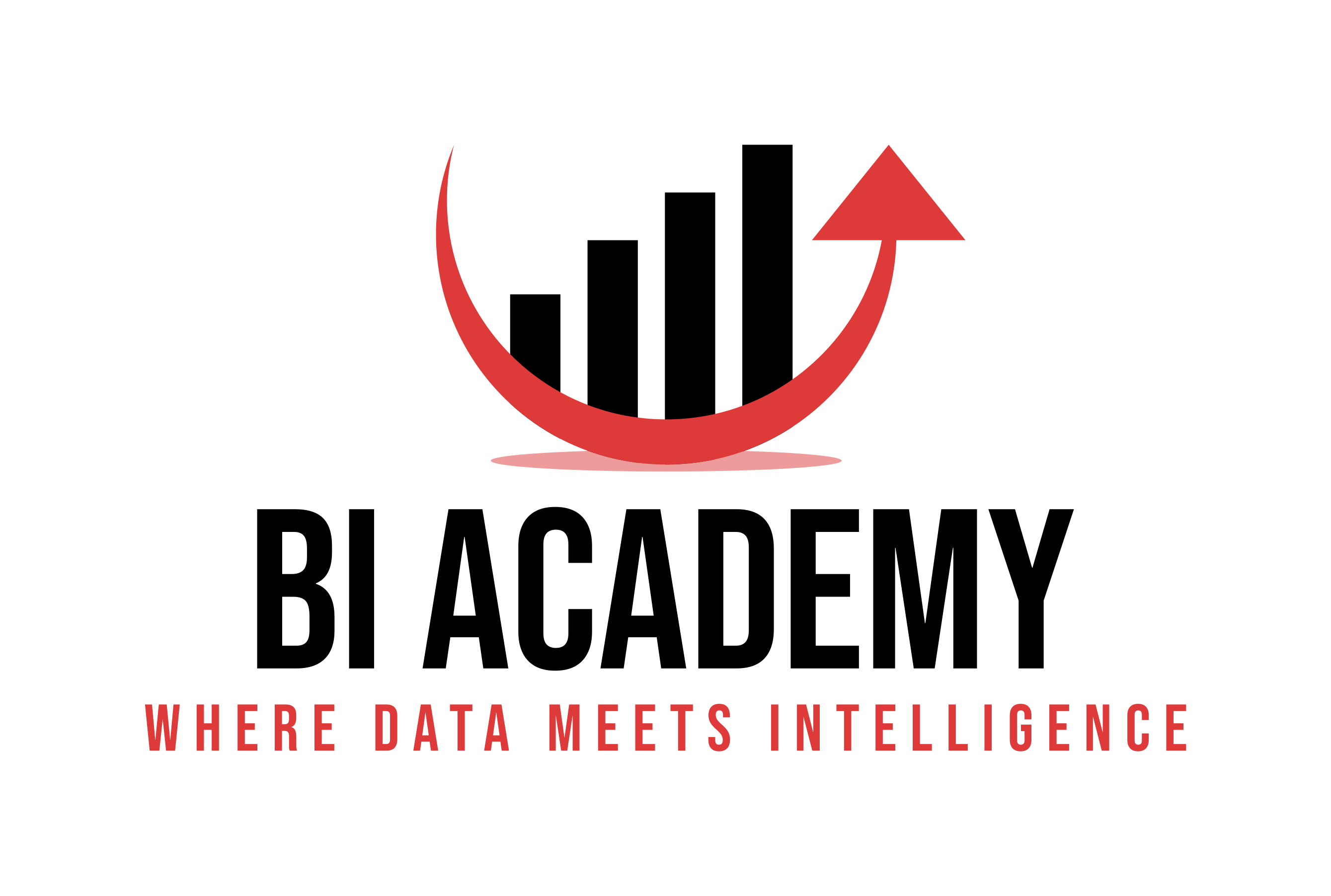Data Modeling with AI: How ChatGPT Can Help You Build Smarter Models
Data modeling has always been at the heart of Business Intelligence. Whether you’re building a data warehouse, designing a star schema, or preparing datasets for dashboards, your model determines how easily stakeholders can access and understand information. Traditionally, this process has been manual, requiring deep technical knowledge and close collaboration with business users.
Today, AI tools like ChatGPT are changing the game. They don’t replace the role of the data modeler, but they provide a powerful assistant that accelerates tasks, reduces errors, and even sparks new design ideas.
Why AI Matters in Data Modeling
Data modeling is often seen as technical plumbing, but it’s really about translating business processes into structures that support decisions. The challenge lies in bridging the gap between business questions and database design. AI can help in three key ways:
-
Understanding Requirements
-
ChatGPT can take a written business description—like “we need to analyze orders by customer, product, and region”—and suggest fact and dimension entities.
-
It can rephrase requirements into modeling terms, ensuring alignment between business and technical teams.
-
-
Generating Star Schemas
-
With the right prompt, ChatGPT can draft star schema diagrams, SQL
CREATE TABLEstatements, or entity lists. -
This gives analysts a head start, especially in identifying facts vs. dimensions and common keys.
-
-
Validating and Refining Models
-
ChatGPT can review an existing schema and highlight potential issues: missing surrogate keys, unnormalized attributes, or inconsistent naming.
-
It can suggest improvements, such as introducing slowly changing dimensions (SCDs) or separating additive and semi-additive measures.
-
Practical Use Cases
-
Fact Table Identification: Give ChatGPT a process like “Order to Cash” and it can suggest facts (orders, invoices, payments) and related dimensions.
-
SQL Drafting: ChatGPT can generate
CREATE TABLEscripts based on entity descriptions, saving time for data engineers. -
Data Quality Checks: Ask ChatGPT what risks exist if a dimension lacks a surrogate key—it will flag consistency and join issues.
-
Educational Aid: For junior analysts, ChatGPT acts as a mentor, explaining why certain modeling choices are better.
The Human Touch Still Matters
While AI is powerful, it’s not magic. Data modeling still requires:
-
Business knowledge to ensure KPIs match organizational goals.
-
Architectural judgment to decide between star, snowflake, or modern approaches like data vault or lakehouse.
-
Governance awareness to avoid creating conflicting definitions across models.
Think of ChatGPT as a junior data modeler that never gets tired, but one that still needs a senior architect to guide the strategy.
Getting Started with ChatGPT for Data Modeling
-
Start small: Use it to generate entity suggestions or SQL snippets.
-
Iterate: Refine prompts with context, such as naming standards or data types.
-
Validate: Always review AI-generated output against business rules.
-
Integrate: Combine AI drafts with tools like MySQL Workbench or Power BI modeling view to test real-world designs.
Final Thought
AI isn’t replacing data modelers—it’s empowering them. By using ChatGPT to handle repetitive tasks, validate schemas, and brainstorm entity designs, BI teams can move faster and focus on what matters: creating models that deliver insights.

